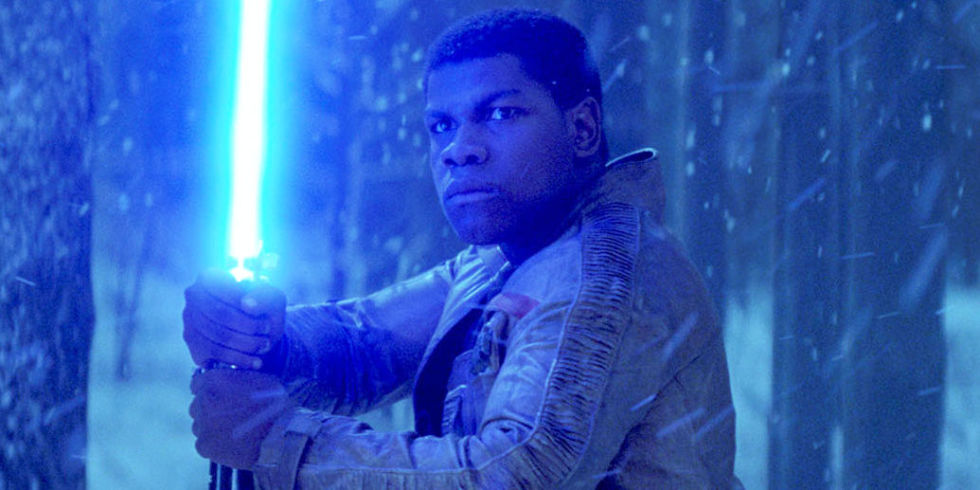
Ironically, Brosnan’s final outing in Die Another Day – one of the undoubted nadirs of the franchise – may have been the best thing that ever happened to it, the catalyst that forced rights holders Barbara Broccoli and Michael G Wilson to look at their tuxedoed cash cow in a whole new light. And when franchise regulars Q, Moneypenny and Blofeld were eventually reintroduced, they’d been given 21st century makeovers. This 007 would have long-term relationships and emotional attachments. In fact, the later Craig movies even acknowledged the fact he was getting older – something the series had even failed to do when a 56-year-old Roger Moore creaked his way through A View to a Kill. Instead of being trapped in a time warp as the world changed around him, this Bond would evolve. With no Q, no Moneypenny and a rookie Bond, this was the beginning of a story arc that would continue over five blockbuster instalments. A response to both the affectionate spy spoofery of the Austin Powers series – how do you create an old-school Bond villain in a world where Dr Evil exists? – and the grittier action of Jason Bourne, it essentially functioned as a reboot, rebuilding the character from the ground up. (Image credit: Jonathan Olley/Lucasfilm ) The spy who loved changeĬasino Royale, however, showed that things didn’t have to be that way.

Rey really didn’t need to have a famous grandfather. How to watch the James Bond movies in order.For many, the formulaic nature of the 007 brand was part of its charm. Monologue-ing megalomaniac unleashing a plan to kill millions and/or extort cash? Q showing off his latest selection of gadgets? 007 having brief relationships with a couple of women, one of whom will be dead by the end credits? A bombastic finale, that may or may not take place in a spectacular lair? It was a rare Bond outing that didn’t tick off most – if not all – of these touchstones. Nonetheless, if you watched a Bond movie between 19, you nearly always knew you were getting. Sure, there were subtle changes to the packaging, with new locations and stunts, and Roger Moore, Timothy Dalton and Pierce Brosnan taking different positions on a scale between brooding action hero and eyebrow-raising archness. It’s a stark contrast with Disney’s Star Wars sequels, whose own inability to “let the past die” was ultimately their undoing.Įven before Sean Connery hung up his Walther PPK for the (official) last time in 1971, the Bond movies were the opposite of Forrest Gump’s famous box of chocolates – you always knew what you were going get.


 0 kommentar(er)
0 kommentar(er)
